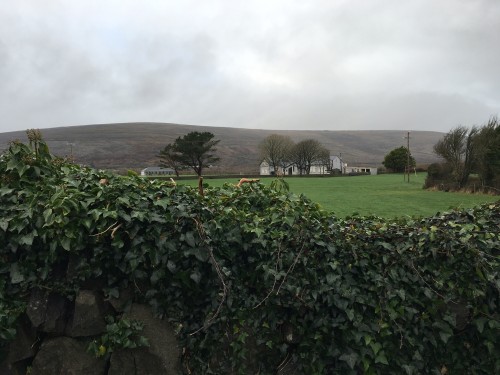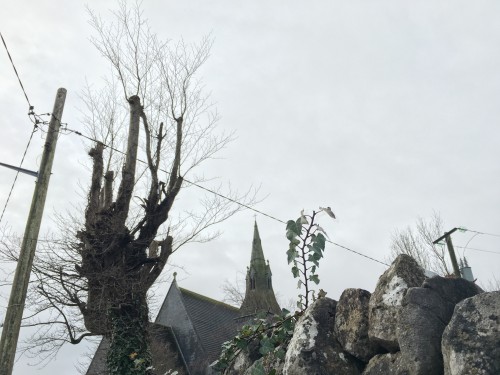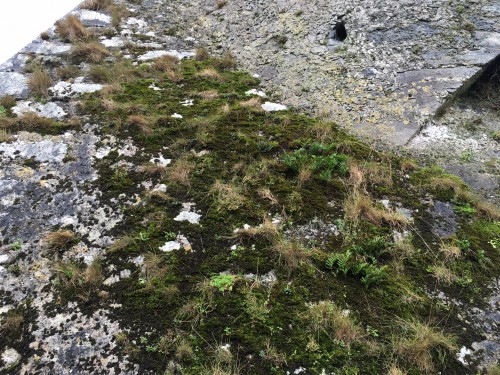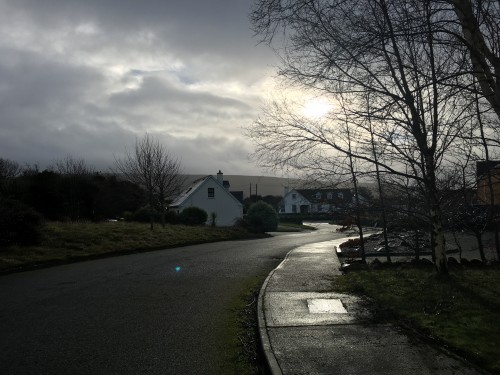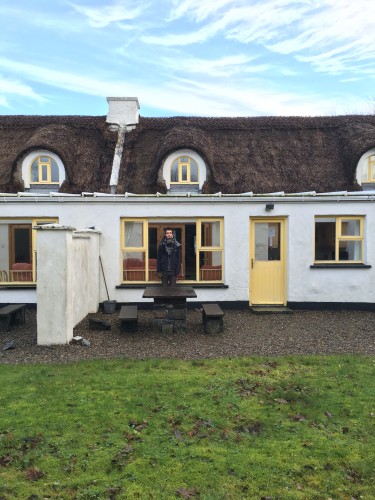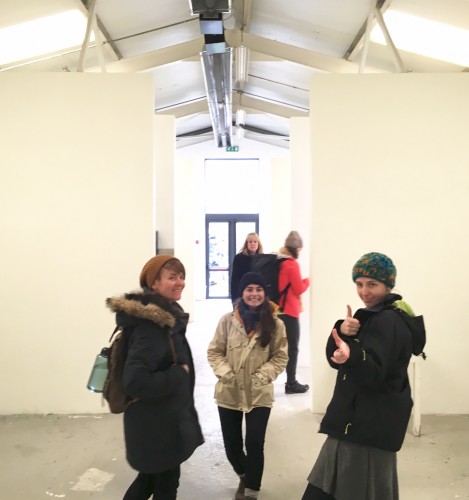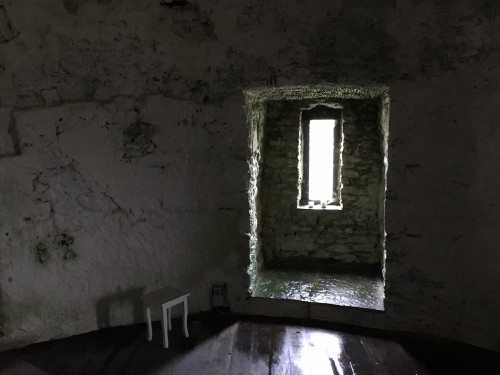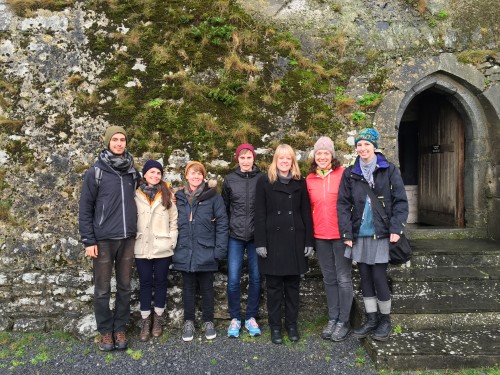
On-Site: Study Abroad
Columbia’s graduate photography students are blessed with an opportunity to study abroad in Ireland, as I’ve stated in previous posts. However, I wasn’t prepared for how beautiful Ireland was actually going to be in January. The tiny town of Ballyvaughan is home, by the ocean, in front of the most biodiverse region in Ireland. There is a small grocer, cheaper, in some cases, than stores in the United States. The town is covered in ancient buildings, a church and lots of ivy.
Ireland actually is greener. The grass is tall, but you wouldn’t know it until you step on what seems like a golf-course-style lawn. What you’re really stepping on is 3 inches of moss, or what you don’t realize lies beneath the grass. That is so far, as far as I know, the makeup of the entire rock of island that is Ireland.
The light is perpetual dawn all the way through dusk. Because the sun scours such a sweet little arc in the sky this time of year, only a fraction of a day is lit, though that’s not without its perks. Morning and afternoon light is the best for picture making, and the countryside of Ireland, combined with its fabulous lighting, makes for an easy job.
It’s extremely easy to see how the land would lead itself to lore, or perhaps be imbued with the ability to alter the physical environment via energetic exchange. On my first day here, I got the first blue lens flare of my life, which was allegedly not a lens flare at all but a will-o’-the-wisp. These strange, often blue, lights usually dance in the distance and entice humans to follow, often with neutral outcomes. They have been noted as generally harmless, though sometimes mischievous.
The front looks directly to the ocean, and across the Galway Bay toward Galway proper. We are directly next to a tea room, and just around the corner from internet access and the blessings of Irish food and spirits.
We can also build fires while in the cottage, using the local peat compressed into large bricks to form a log. For me the smell is reminiscent of trash fires in Eastern Kentucky, though in reality it’s a bit softer, less harsh and abrasive to the senses. It is interesting for me, though, having grown up spending weeks out of the summers and holidays in Appalachia—largely populated and colonized with waves of Scots-Irish immigrants to the region—to walk down a street that looks like a period drama and feel at home.
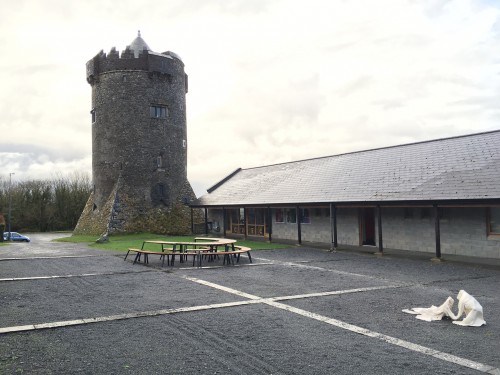
Newtown Castle and the restored courtyards of the college. Students can use the castle at any time of day or night, 24 hour access is given via keys. We also are able to build fires in any of the three fireplaces.
The history of the area is prehistoric, like most places around the world except perhaps, PERHAPS, Antarctica. The thing with Ireland though is that the prehistoric relationships to the land were largely etched into stone. Stone carvings, stone circles, stone housing and religious sites. This is an especially important building material in Ireland as it rains pretty much all the time.
In the western lands, such as County Clare, where the program I am in right now is based, there has been serious flooding due to an unseasonably warm winter full of hurricane-force storms that have yielded unprecedented amounts of rain in the past few months. The below pictures depict the restored Newtown Castle on-site—a 15th-century castle shaped much like the rook on a chess board.
The seminars have already questioned our ideas of what we intended to pursue while here, versus what the site itself is calling upon us to consider. It is most likely—gauging the early enthusiasm of everyone here now—that all projects will in fact change in the beautiful light and 40 shades of green that surround us.

